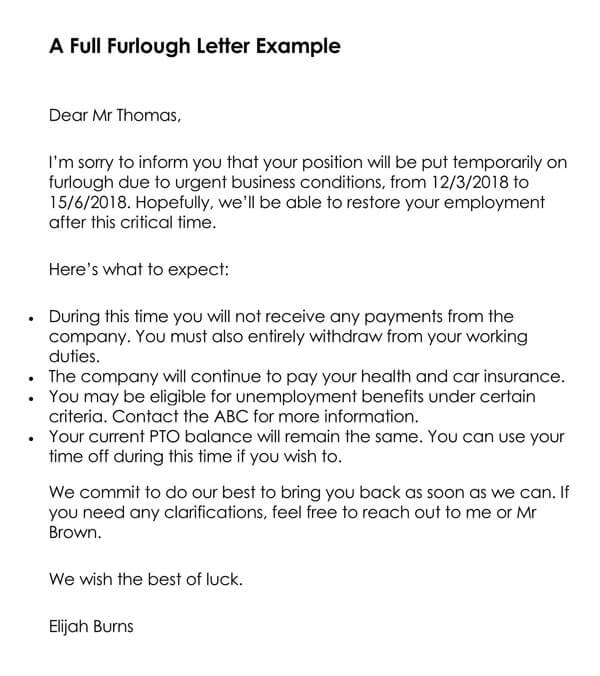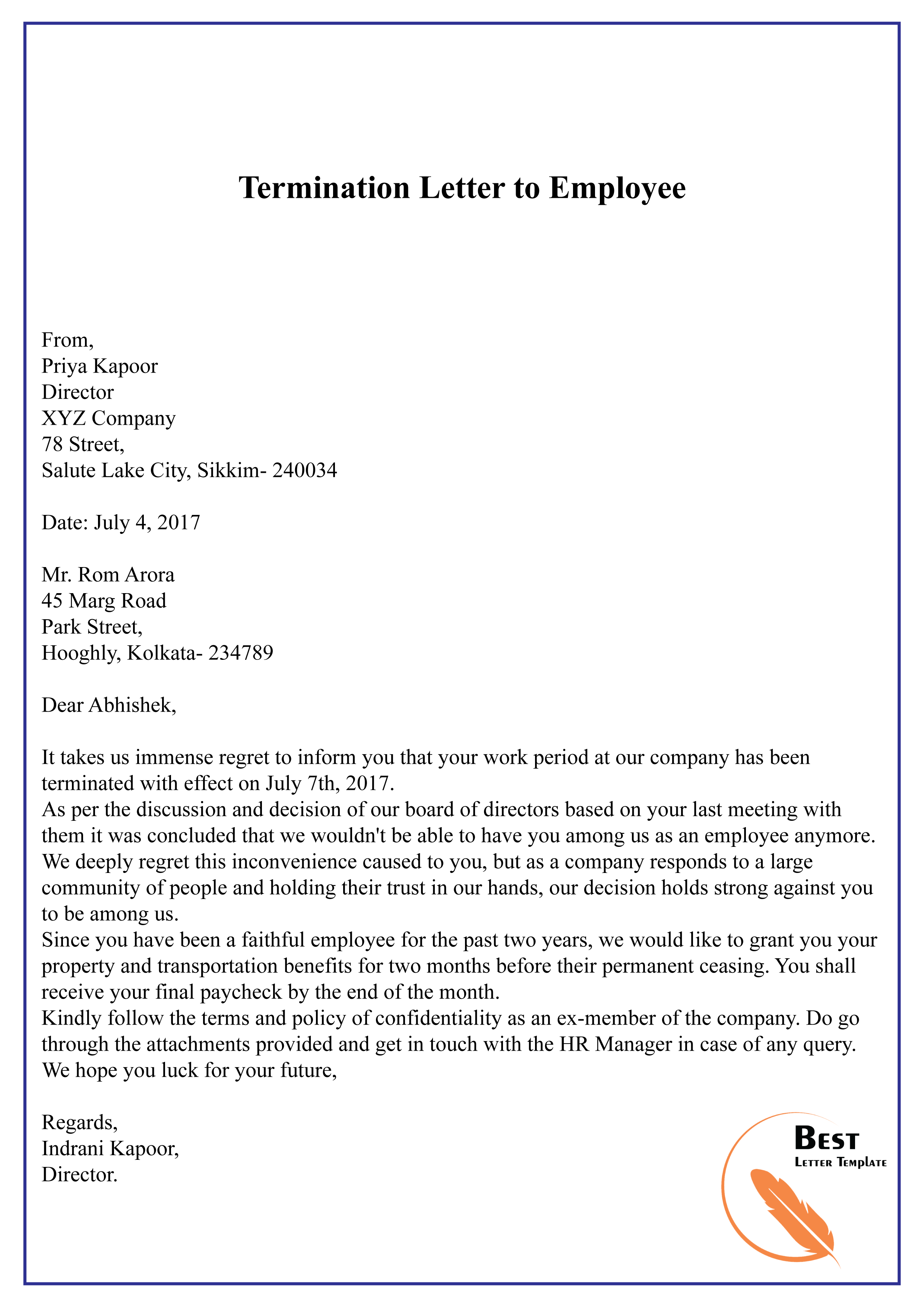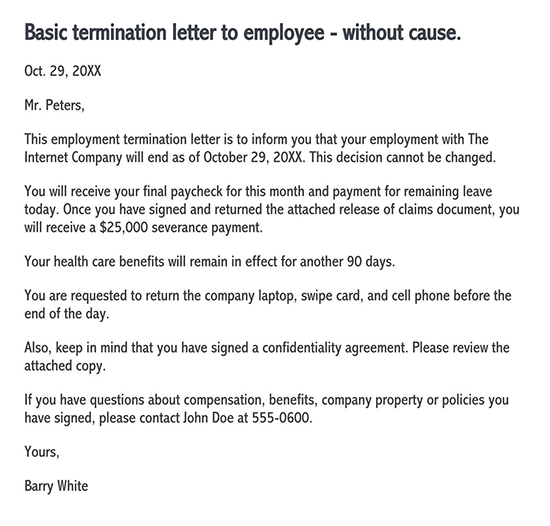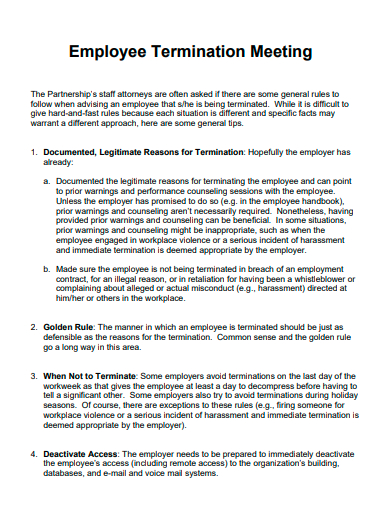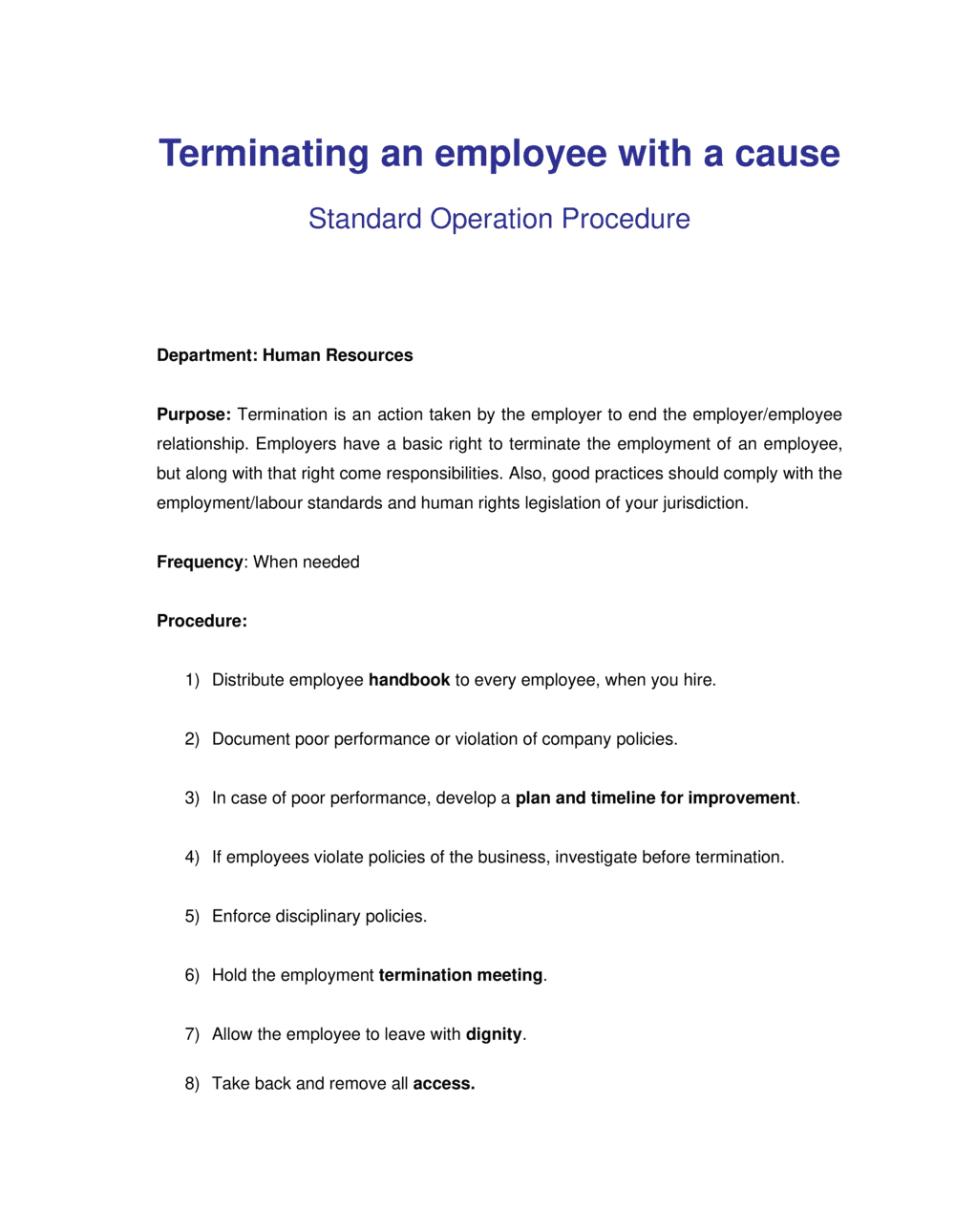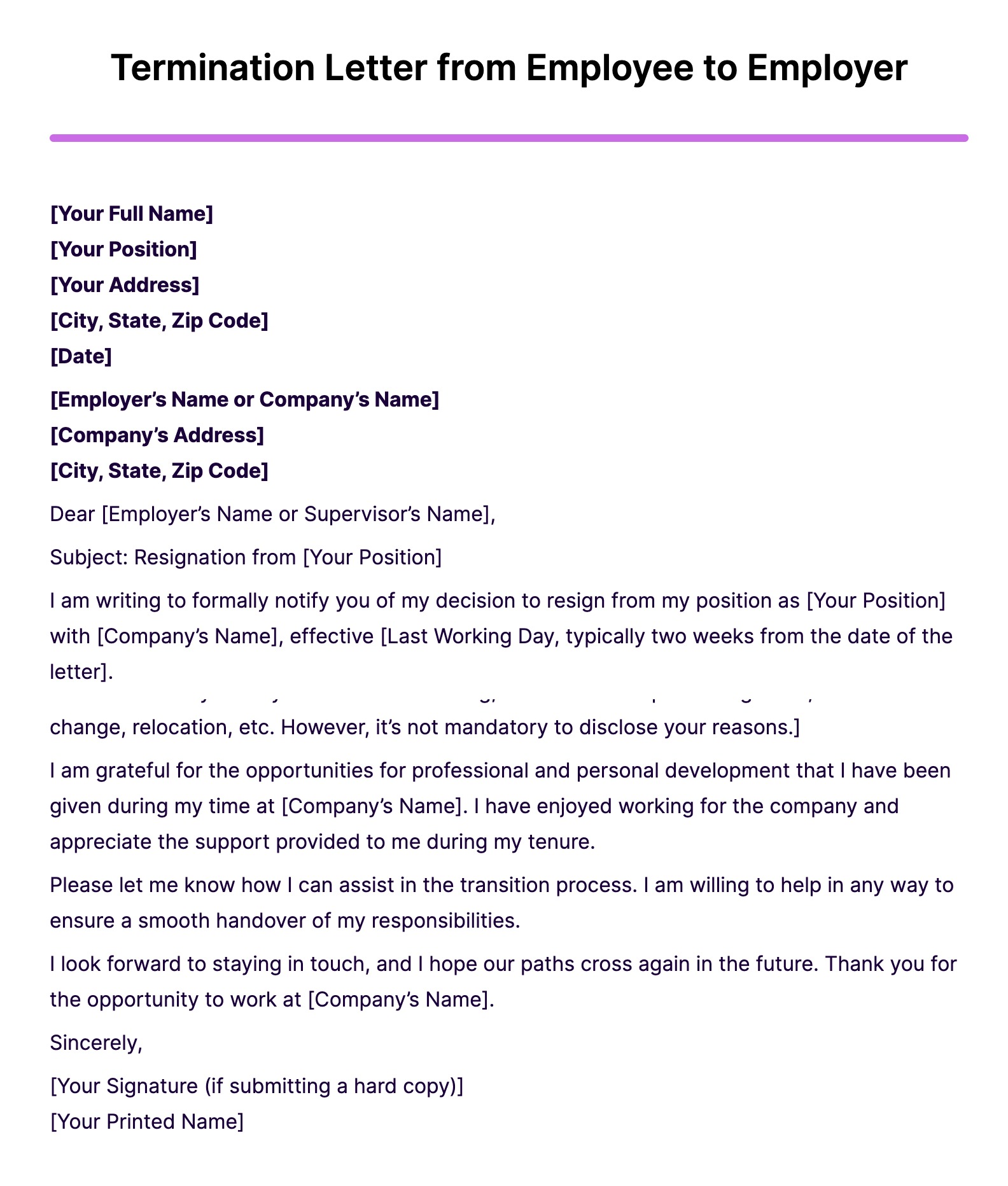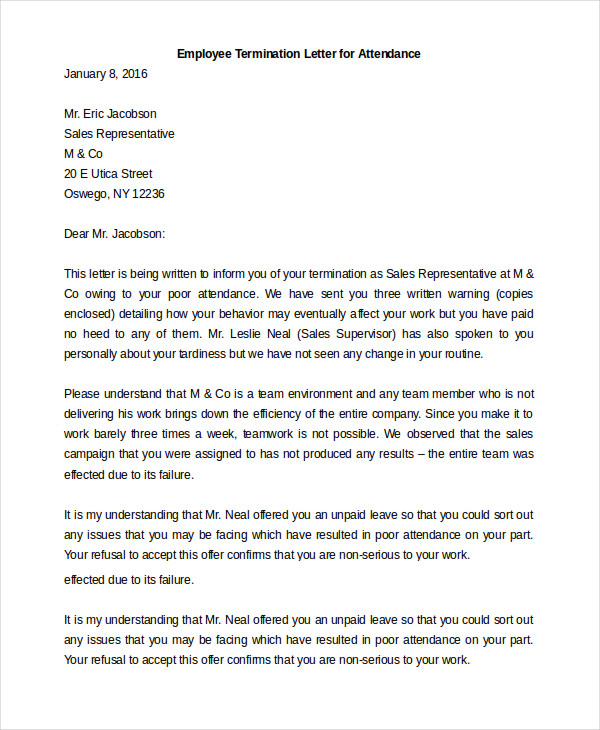Best Verbiage For Terminating An Employee
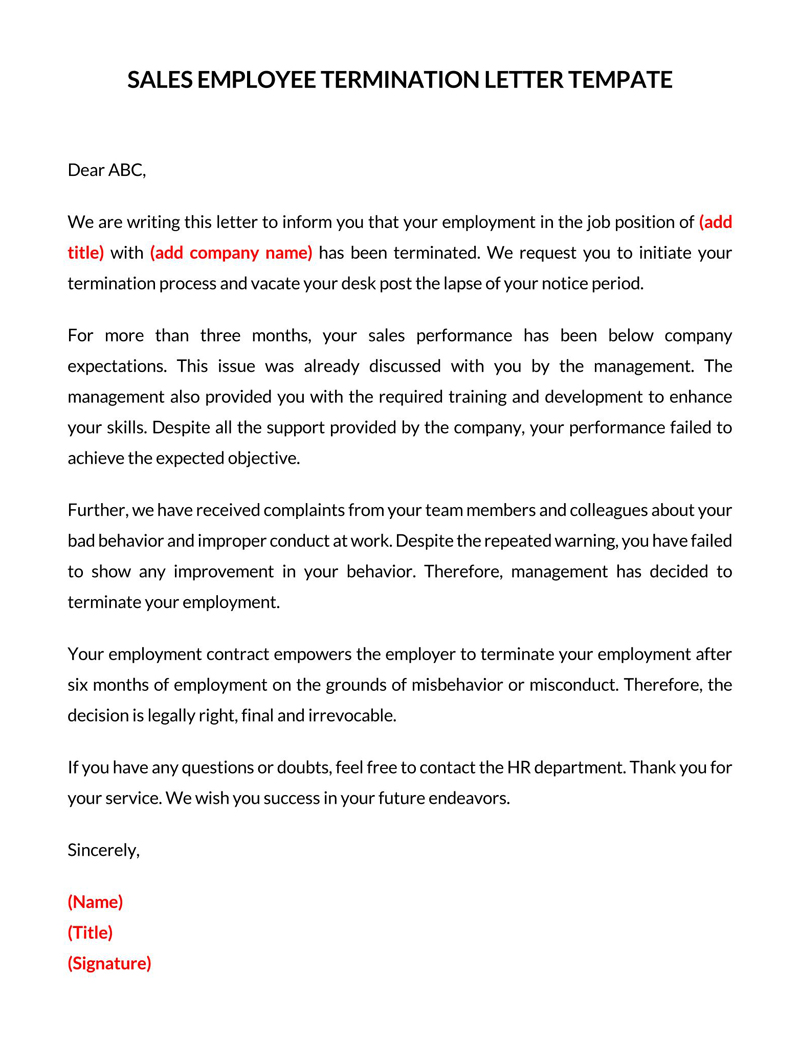
Navigating employee termination is one of the most challenging aspects of leadership. The words you choose can significantly impact both the departing employee and your company's reputation. This guide is crafted for first-time managers and small business owners facing this difficult task.
The Weight of Your Words: Why Verbiage Matters
Terminating an employee requires a delicate balance of clarity, empathy, and legal protection. Poorly chosen words can lead to misunderstandings, legal challenges, and a damaged work environment. The goal is to deliver the message respectfully while minimizing potential negative repercussions.
The right verbiage can help maintain a positive image and reduce the risk of legal action. It can also allow the departing employee to leave with some dignity and respect.
Top 5 Termination Verbiage Models: A Comparison
| Model | Price (Legal Review) | Clarity | Empathy | Legal Protection |
|---|---|---|---|---|
| Direct & Concise | $250 | High | Low | High |
| Empathetic & Explanatory | $350 | Medium | High | Medium |
| Performance-Focused | $300 | High | Medium | High |
| Mutual Agreement | $400 | Medium | High | High |
| Restructuring/Downsizing | $500 | High | Medium | High |
Disclaimer: These prices are estimates for legal review of each verbiage model and can vary.
Detailed Reviews of Termination Verbiage Models
1. Direct & Concise
This approach prioritizes clarity and brevity. It is suitable for situations where the reason for termination is straightforward and well-documented. An example: "This is to inform you that your employment with [Company Name] is terminated, effective today."
While legally sound, it can lack empathy. Ensure supporting documentation is meticulous to avoid wrongful termination claims.
2. Empathetic & Explanatory
This model attempts to soften the blow with understanding and reasoning. For instance: "We regret to inform you that your position is being eliminated due to restructuring. We understand this is difficult news, and we want to support you during this transition."
Be cautious, as explanations can open the door to debate or misinterpretations. This is best used when accompanied by a generous severance package.
3. Performance-Focused
This option directly addresses performance deficiencies. A sample statement: "Despite repeated feedback and opportunities for improvement, your performance has not met the required standards. Therefore, we are terminating your employment."
This requires substantial documentation of performance issues. Ensure the employee was given ample chances to improve and that the documentation clearly outlines the shortfalls.
4. Mutual Agreement
This involves a negotiated departure. The verbiage may state: "Both [Employee Name] and [Company Name] have mutually agreed to part ways, effective [Date]."
This typically includes a severance agreement and a release of claims. Legal counsel is strongly recommended for both parties.
5. Restructuring/Downsizing
This is used when eliminating positions due to business needs. It often contains the phrase: "Due to a company restructuring, your position is being eliminated. This decision is not a reflection of your individual performance."
This option requires careful adherence to WARN Act regulations, if applicable. Be prepared to explain the rationale behind the restructuring.
Used vs. New Verbiage Models: Pros and Cons
Used: Adapting a pre-existing template can save time and money.
However, it may not fully address the specific situation, increasing the risk of legal challenges. Generic templates can feel impersonal and lack the required nuances.
New: Creating tailored verbiage provides precision and control.
This requires more time and expertise, potentially increasing costs. The benefit is a more personalized and legally sound statement.
Reliability Ratings by Legal Firm (Hypothetical)
"Clear Legal Solutions": Known for Direct & Concise, ratings are consistently high for legal protection.
"Empathetic Law Group": Emphasizes Empathetic & Explanatory; ratings are high in empathy but require careful legal oversight.
"Performance Law Associates": Specializes in Performance-Focused verbiage; known for detailed documentation and strong legal defense.
Checklist: 5 Must-Check Features Before Finalizing Verbiage
- Legal Review: Have an attorney review the wording for legal compliance.
- Clarity: Ensure the message is clear and unambiguous.
- Consistency: Align the verbiage with company policies and past practices.
- Documentation: Verify that all claims are supported by thorough documentation.
- Empathy (Appropriate Level): Strive for an appropriate level of empathy, acknowledging the employee's feelings without admitting fault.
Key Takeaways
Choosing the right verbiage for employee termination is crucial for legal protection and maintaining a positive company image. Each situation is unique, requiring a tailored approach. Consider factors like the reason for termination, company policies, and legal implications.
Balance clarity, empathy, and legal soundness in your approach. Always seek legal counsel to ensure compliance and minimize risks. A considered and well-documented approach helps mitigate potential negative impacts.
Call to Action
Ready to navigate employee termination with confidence? Contact a qualified employment attorney to review your specific situation and develop legally sound, empathetic verbiage. Protecting your business and treating employees with respect starts with informed decisions. Don't hesitate to seek professional guidance to ensure a smooth and legally compliant termination process.
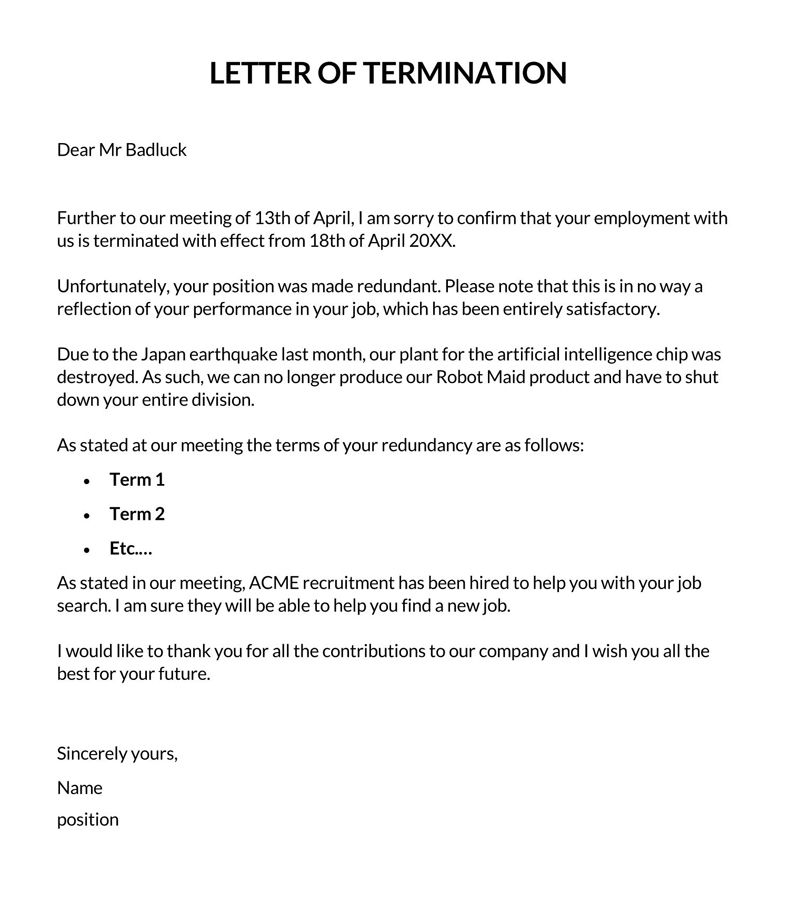
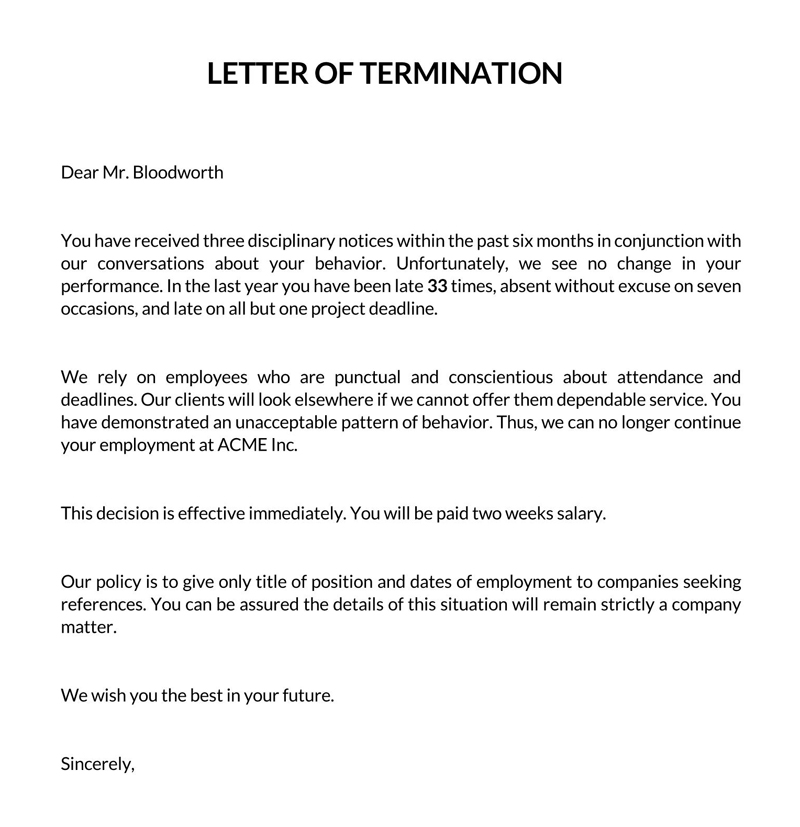
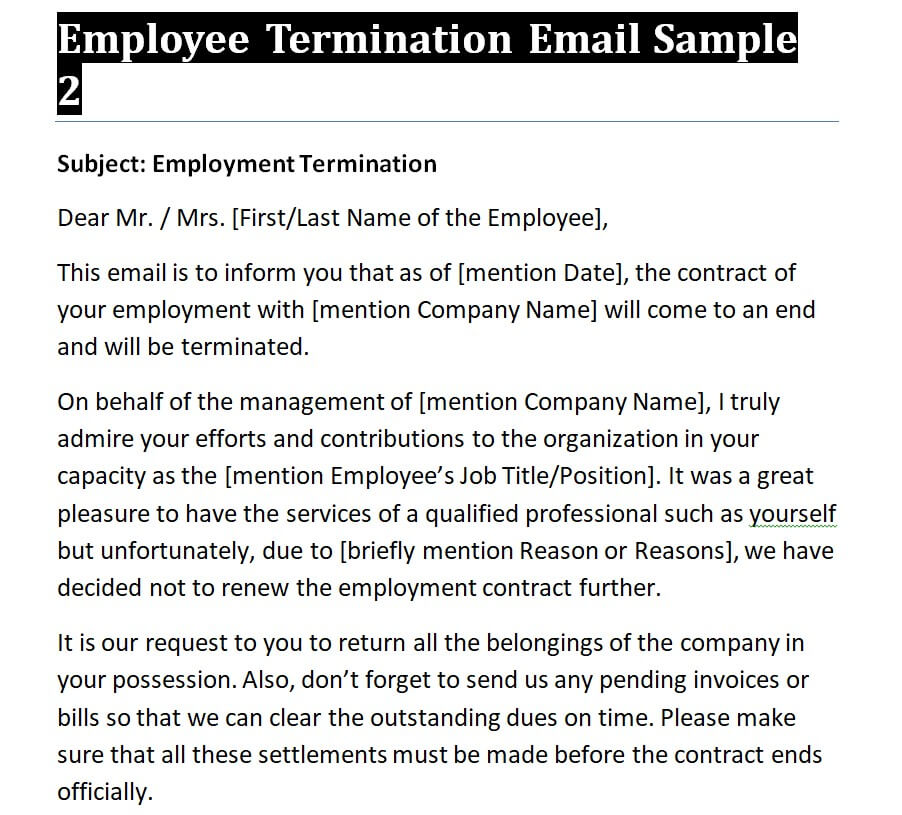
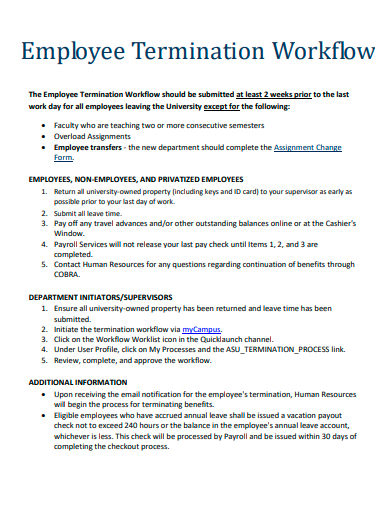

![Best Verbiage For Terminating An Employee Free Printable Termination Letter Templates [Word, PDF] Employee](https://www.typecalendar.com/wp-content/uploads/2023/04/Termination-Letter.jpg)
![Best Verbiage For Terminating An Employee Free Printable Termination Letter Templates [Word, PDF] Employee](https://www.typecalendar.com/wp-content/uploads/2023/05/employee-termination-letter.jpg)
